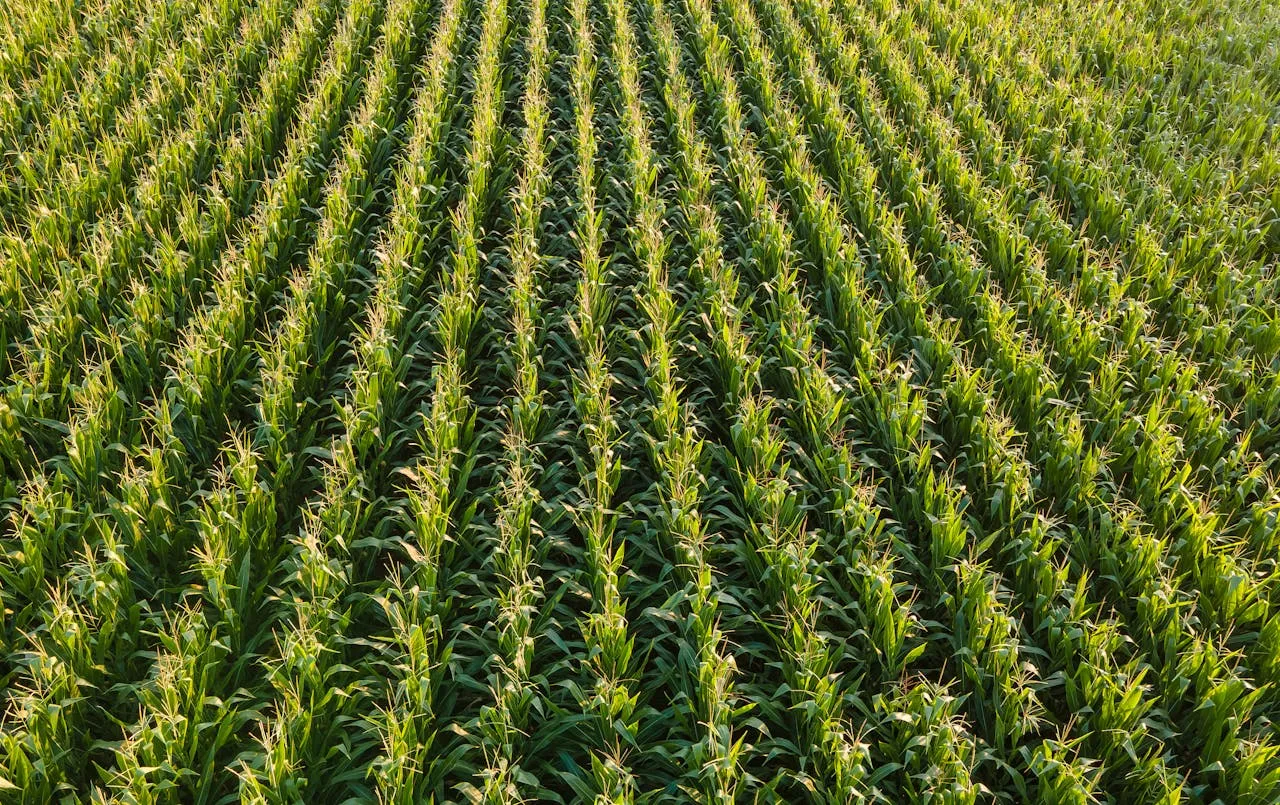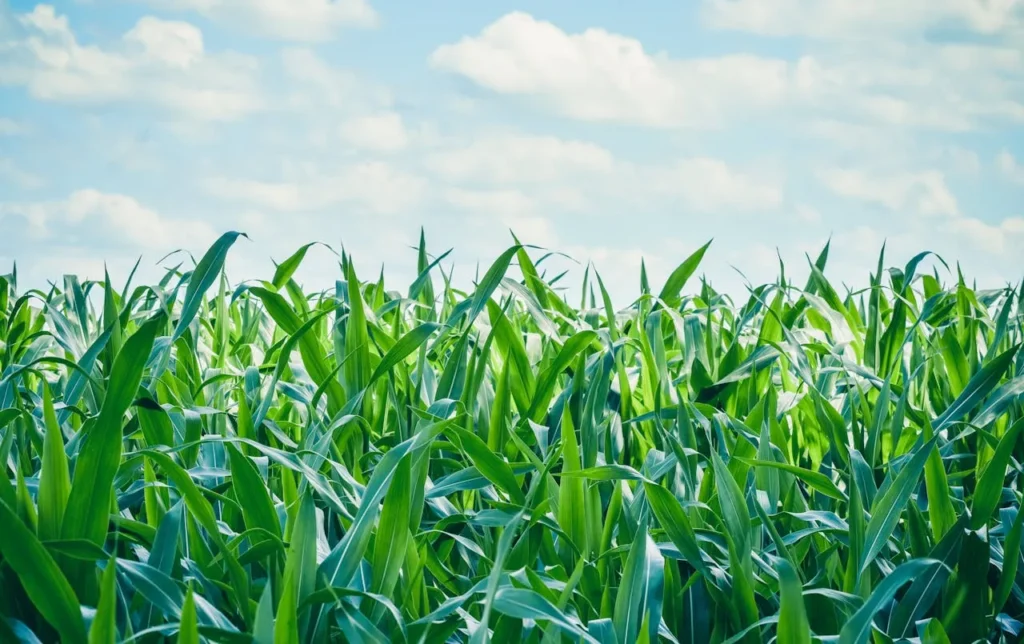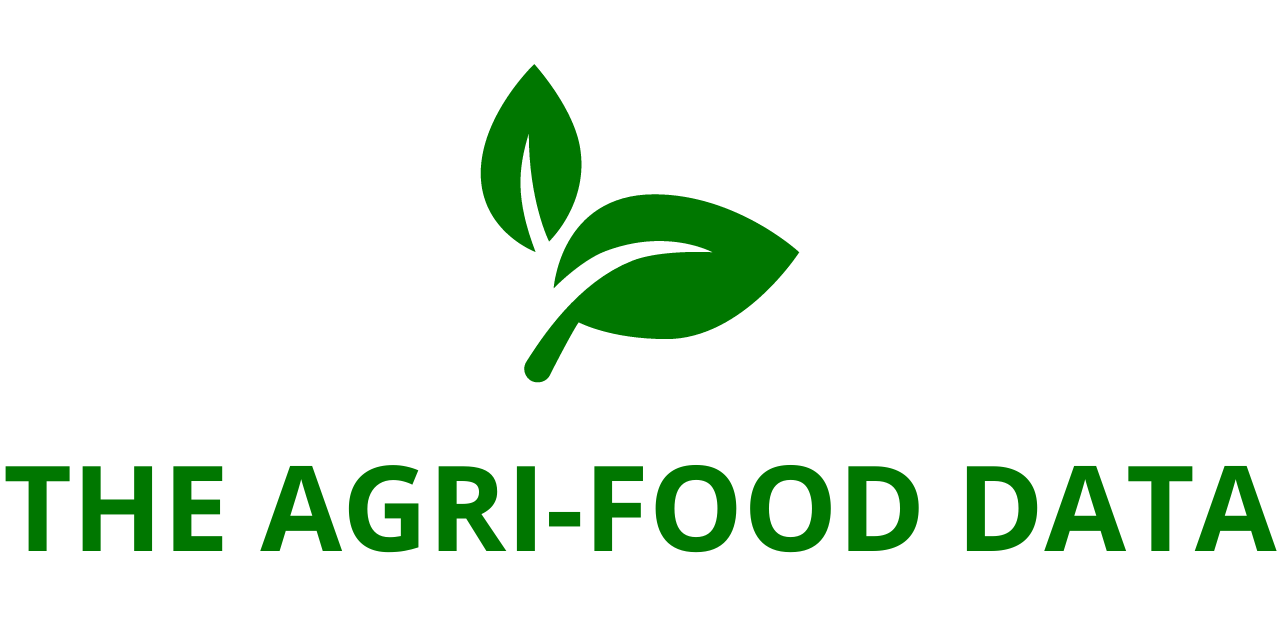
A new market research report titled Agriculture Imaging Sensor Market Size, Share, Trends, Analysis, and Forecast 2025–2034 | Global Industry Growth, Competitive Landscape, Opportunities, and Challenges” has been added to ResearchAndMarkets.com’s comprehensive offerings. This report provides in-depth analysis and forecasts for the agriculture imaging sensor market, which is poised to witness substantial growth over the coming decade.
According to the report, the global agriculture imaging sensor market is projected to grow from USD 1.7 billion in 2025 to reach an estimated USD 6.4 billion by 2034, expanding at an impressive compound annual growth rate (CAGR) of 15.7%. This surge in growth underscores the escalating need for advanced, data-driven monitoring solutions in the agricultural sector.
Driving Forces Behind Market Expansion
The sharp increase in demand for agricultural imaging sensors is largely attributed to the rapid adoption of precision agriculture techniques across the globe. Farmers and agribusinesses are increasingly utilizing multispectral, hyperspectral, and thermal imaging sensors to gather vital, high-resolution data on crop health, soil conditions, irrigation levels, and environmental factors. These insights enable them to make timely and precise decisions regarding pest and disease management, fertilizer application, and water usage.
As agricultural operations become more data-intensive and technology-driven, imaging sensors are playing a crucial role in transforming traditional farming practices. The shift toward sustainable and climate-resilient farming practices is further bolstering demand for these advanced monitoring tools. Imaging sensors help maximize resource efficiency and support environmentally friendly approaches by reducing chemical inputs and minimizing water wastage.
Technological Innovations Transforming Agriculture
One of the most notable trends reshaping the agriculture imaging sensor market is the rapid advancement in sensor capabilities. Multispectral and hyperspectral sensors, in particular, have seen significant improvements in resolution and accuracy, enabling more granular analysis of crop vitality and soil characteristics. These sensors are often integrated with drones, unmanned aerial vehicles (UAVs), and satellites, allowing farmers to monitor vast tracts of land quickly and effectively.
In tandem with the growth of IoT (Internet of Things) in agriculture, imaging sensors are increasingly connected to networked systems for continuous and real-time data acquisition. IoT-based systems allow seamless transmission of sensor data to centralized platforms, enhancing farm management efficiency and facilitating quicker response to potential issues in the field.
Moreover, the integration of artificial intelligence (AI) and machine learning (ML) with sensor technologies is revolutionizing how agricultural data is analyzed. AI-powered platforms can interpret complex sensor data sets and generate actionable insights, enabling predictive decision-making. For example, AI models can anticipate disease outbreaks or recommend optimal irrigation schedules based on real-time environmental conditions.
Expanding Access Through Miniaturization and Cost Reduction
Historically, the high cost of advanced imaging sensors has limited their adoption, particularly among smallholder farmers. However, ongoing efforts in sensor miniaturization and cost-effective manufacturing are beginning to change this landscape. As sensors become more compact, efficient, and affordable, their accessibility is improving, opening up new opportunities for small and mid-sized farms to leverage smart agriculture technologies.
This democratization of technology is expected to be a major growth driver between 2025 and 2034. Coupled with increasing government support for digital agriculture initiatives and smart farming policies, the expansion of sensor-based solutions across geographies and farm sizes is poised to accelerate.

Market Segmentation Overview
The report categorizes the agriculture imaging sensor market across several dimensions to provide a nuanced view of market dynamics:
By Product Type:
- Red, Green, Blue (RGB) Sensors: Common for basic visual imaging.
- Multispectral Sensors: Capture data across multiple light wavelengths to assess crop conditions.
- Hyperspectral Sensors: Offer even more detailed spectral information for in-depth analysis.
- Other Sensors: Includes thermal and infrared sensors used in specialized applications.
By Application:
- Soil Management: Monitor moisture levels, texture, and nutrient deficiencies.
- Water Management: Improve irrigation efficiency and detect water stress in crops.
- Climate Management: Analyze environmental variables impacting crop performance.
- Dairy Management: Used in monitoring livestock well-being.
- Smart Greenhouse: Track environmental and crop data for controlled environments.
- Other Applications: Includes pest and disease monitoring and yield forecasting.
By End User:
- Agriculture Drone Manufacturers: Equip drones with sensors for aerial monitoring.
- Agriculture Robot Manufacturers: Integrate imaging for automated crop inspections.
- Livestock Monitoring Equipment Manufacturers: Use sensors for animal health tracking.
- Other Stakeholders: Includes agritech companies, research institutions, and agri-consultancies.
By Geography:
- North America: Strong presence of agritech companies and high adoption of precision farming.
- Europe: Focus on sustainable agriculture and EU funding for digital agriculture.
- Asia-Pacific: Rapidly growing adoption due to increasing food demand and government initiatives.
- Middle East & Africa: Growing interest in smart farming to address water scarcity.
- South and Central America: Expanding agribusiness sectors and rising interest in yield optimization.
Key Market Trends
The agriculture imaging sensor market is witnessing a series of transformative trends that are shaping its trajectory:
- Advancements in Spectral Imaging: Improvements in multispectral and hyperspectral technologies are enabling more accurate crop health diagnostics.
- Drone and UAV Integration: Aerial platforms equipped with sensors allow fast and large-scale crop surveillance.
- AI and Machine Learning Enhancements: Predictive analytics are helping farmers act proactively rather than reactively.
- IoT-Enabled Real-Time Monitoring: Enhanced data connectivity improves farm responsiveness and operational efficiency.
- Sensor Miniaturization: Smaller and cheaper sensors are paving the way for mass adoption, especially among resource-constrained farmers.
Opportunities and Challenges
Opportunities:
- Expansion of digital farming initiatives in developing economies.
- Rising interest in sustainable farming practices and climate-smart agriculture.
- Strategic collaborations between agritech firms, sensor manufacturers, and government agencies.
Challenges:
- High Initial Costs: Advanced imaging systems still require significant capital investment.
- Data Complexity: Farmers may require training and support to interpret complex imaging data.
- Infrastructure Gaps: Especially in remote rural areas with limited connectivity.






